Although it is not the optimal tool for every job, a .22 pistol can get a lot done. In my neck of the woods, it is not uncommon at all to see fishermen, hikers, and hunters packing a .22 rimfire. Apparently, such guns also have their uses outside of snake-ridden south Louisiana. Smith & Wesson has been producing compact 22 double-action revolvers for over 100 years with the “kit gun” idea in mind.
Other brands have come along and expanded on the idea to include autoloading pistols and even single-action revolvers. Of the latter, the Heritage Rouge Rider probably reigns supreme. These pot-metal rimfire copies of the old Colt Single Action can be had for under $200 and they shoot straight. Their main competition, in the Ruger Bearcat and Single Six, is more refined but also more expensive by a significant margin. In 2020, Ruger released the Wrangler with all the basic features one would expect on their rimfire revolvers with a Heritage price tag.
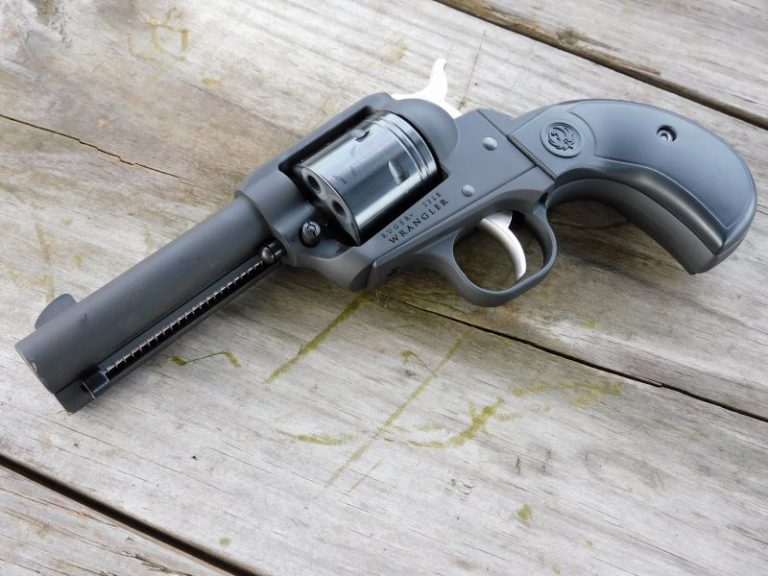
I first learned to shoot a handgun with an old model Ruger Bearcat and one of my favorite handguns to shoot now is a Ruger Single Six. After some range time with the Wrangler, I found it to be more feature-filled than the competition, but not quite as polished as a Single Six. For a gun that retails for less than half the price, that isn’t a surprise. But design-wise, the Wrangler is a less-refined Single Six in more ways than one—including its heft. The Wrangler and Single Six are steady to shoot but not particularly light to carry around. The little Bearcat is easy to carry but hard to hold steady and shoot—at least for my blanched sausage hands.
Features
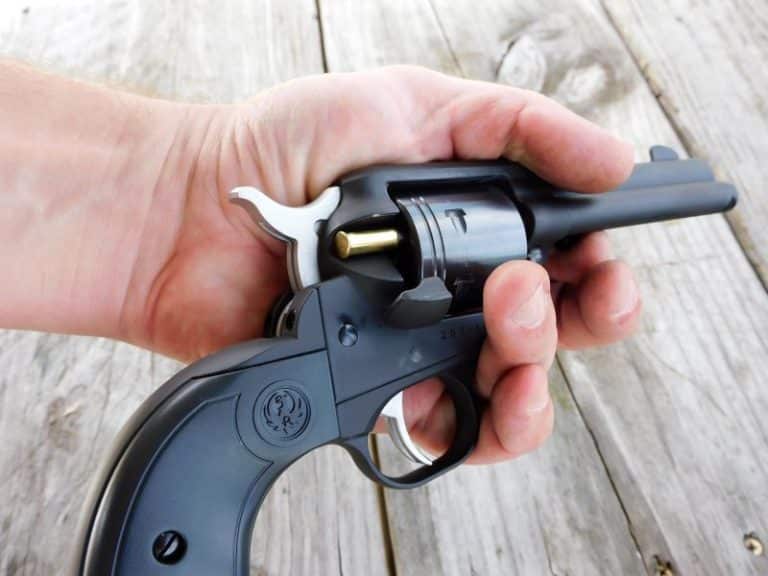
The original Wrangler is a 22 LR clone of the iconic Colt Model 1873 in most respects, from overall lines and general operation. The Wrangler Birdshead borrows more from the obscure Colt 1877 that used a smaller, rounded birdshead grip and a shorter barrel for ease of concealment. It also trades the checkered plow-handle black plastic grip of the original Wrangler for smooth-sided panels around a smaller and rounded grip frame.
It also uses a 3 3/4-inch barrel, which is about as short as you can get while still allowing the revolver to have an ejector rod housed on the right side of the barrel. Also like the original, the Birdshead is available in three different cerakote finish options: black, silver, and burnt bronze. The frame, like the Single Six, is aluminum, but the Wrangler’s grip frame is made of zinc alloy. The other components are all steel.

Aside from the new grip, the Wrangler Birdshead operates most like other single-action revolvers. Firing requires the cocking of the hammer for each shot. Loading and unloading are accomplished by a loading gate and ejector rod on the right side of the gun.
For sights, there is a milled rear notch in the top strap of the receiver and a thin front blade. The Wrangler Birdshead is a bit smaller than the original model, but it is still nominally the same frame, cylinder, and action as the Ruger Single Six, and it has the same 6-round capacity.
On my own scale, the Wrangler Birdshead weighs in at 27.8 ounces fully loaded. Over the original Wrangler which weighs in at 28 ounces, it is not much for weight savings. Yet in hand, it feels lighter, more compact, and a bit more muzzle heavy. That led me to think the Wrangler Birdshead is more of a compact package that could still shoot. The only way to know for sure was to head for the range and get some lead down the pipe.
On the Range
I was ambivalent when I packed the Ruger Wrangler Birdshead for its first range trip. I have long been spoiled to a more expensive and more refined version in the Ruger Single Six and my first experience with the original Wrangler was lukewarm at best. With that early-production revolver, it took some time to find ammunition that would hit to the point of aim with its fixed sights. It also took more effort to combat the grittier, stiffer trigger pull than one would expect on a single-action revolver. Although my new Birdshead model has a steady muzzle-heavy feel and a trigger pull that breaks clean at just under 4 pounds, I did not know what to expect.
With some doubts in mind, I took things slow and set out a 6-inch bullseye target at 25 yards and benched the Wrangler to get an idea of where the sights were hitting. Loading the Birdshead is just like most Ruger single actions: open the loading gate and drop rounds into the cylinder’s chambers, rotating the cylinder as you go along. Unlike some others, the Wrangler’s cylinder will rotate in either direction in case you accidentally skipped a chamber. But once you have all 6 loaded, close the loading gate and you are ready to go. All that it is needed is to cock the hammer and pull the trigger.
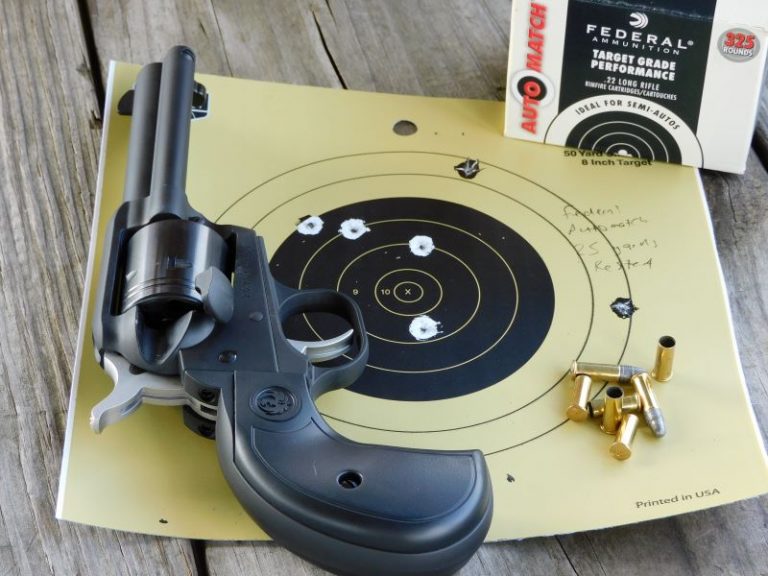
At 25 yards, that bullseye target was small—only 3 3/4 inches across, but the front sight of the Wrangler was smaller with plenty of daylight between it and the rear notch. I did not have to guess where the target was over these sights. The Wrangler’s trigger has just a touch of movement and after firing 2 rounds, I was able to figure out a good trigger press and put my remaining 4 rounds in the black without any difficulty. Counting my fliers, the total group size was just over 4 inches. The ammunition I used was Federal Automatch 40 grain LRN, a cheap and sometimes inconsistent bulk pack offering. Not bad at all!
Encouraged, I punched out my empty brass and repeated the drill again with different ammunitions at the same distance and got the following six-round groups:
- CCI Blaser 40 grain LRN: 3.75 inch
- CCI Stinger 32 grain HP: 3.45 inch
- Federal Subsonic 45 grain CPLRN: 3.2 inch
- Winchester Western 36 grain HP: 4.6 inch
- Federal Automatch 40 grain LRN: 3.60 inch
Although the Federal Suppressor subsonic loading shot the best group, all loads shot to the point of aim and I would consider the accuracy to be minute of swamp rabbit. I also fired a few rounds of Federal No. 12 rat shot. At six feet, they pattern very well, but the cases are longer once expanded, so you will need to pluck them out with your fingers after poking them out with the ejector rod.
I broke out my Ruger Single Six and shot it with its pet load, CCI Blaser 40 grain LRN. My groups were a bit better but not by much. Certainly not three times as good as the Wrangler Birdshead, even though a new Single Six can cost three times as much in price.
After abandoning the bench, I burned through another 200 rounds of Federal Automatch while shooting at steel and busting clay pigeons. While I was hit or miss with the clays, it was not hard to ping 8-inch steel plates out to 25 yards one-handed.
Although shorter-barreled single-actions tend to be rear-heavy, the Wrangler Birdshead is muzzle heavy and steady to shoot. The grip is small but well-contoured and I never had to fight to keep a hand on the gun while cocking and shooting.
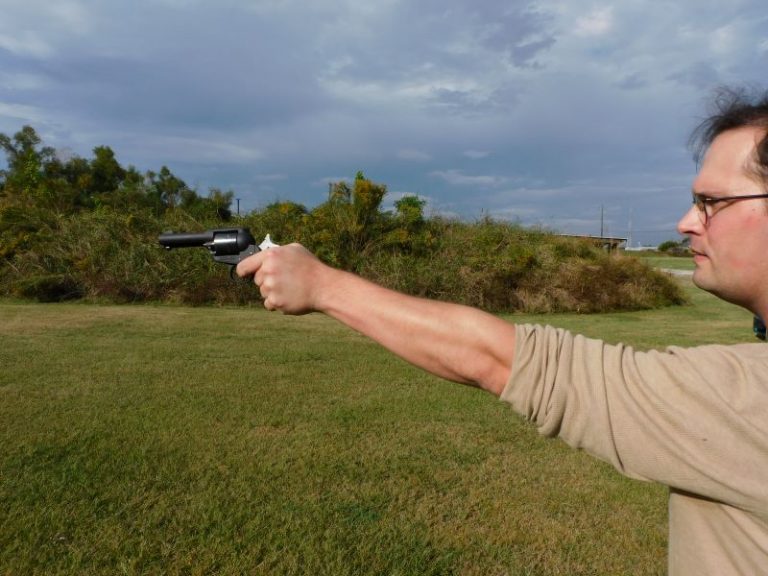
One of the few quirks of the Ruger Wrangler Birdshead is in the field stripping process. It, like most Colt-like copies, uses a spring-loaded detent that retains the cylinder pin. Opening the loading gate, depressing the detent, and sliding the pin forward toward the muzzle allows the cylinder to fall out for cleaning.
On longer barreled revolvers, the cylinder pin can come completely out. The shorter barrel of the Birdshead is nearly the same length as the base pin’s travel and the ejector rod housing prevents the pin from coming completely out and off the revolver. This can be remedied when you are doing full maintenance by taking the ejector rod assembly off, which would allow full access to the cylinder pin. This is not unusual for shorter barreled single-actions but it is something to keep in mind.

Parting Shots
The Wrangler was Ruger’s answer to the Heritage Rough Rider and it is a tempting option if you are in the market for a recreational 22 pistol. The Wrangler Birdshead is an obvious follow-up for those of us who like the simplicity of a single-action revolver paired with a trimmer package for ease of carry.
A good 22 pistol is an invaluable piece of kit, but finding a high-value option can be tough. Some of the lightest weight options also tended to be the most expensive and hardest to shoot well, such as the Smith & Wesson 317 Airweight, Ruger Bearcat, or the Ruger LCRx. Others like the Heritage Rouge Rider and the original Wrangler can be had for less but leave something to be desired for weight—or at the very least compactness. After handling, loading, unloading, and shooting the Ruger Wrangler Birdshead, I came to think this may be that high-value option.
Read the original article in its entirety at gunmagwarehouse.com.













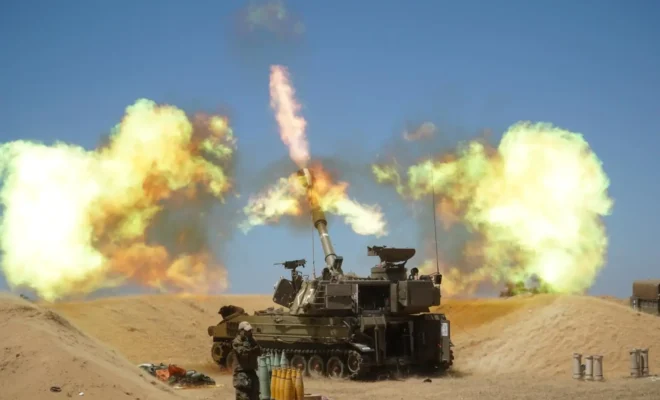
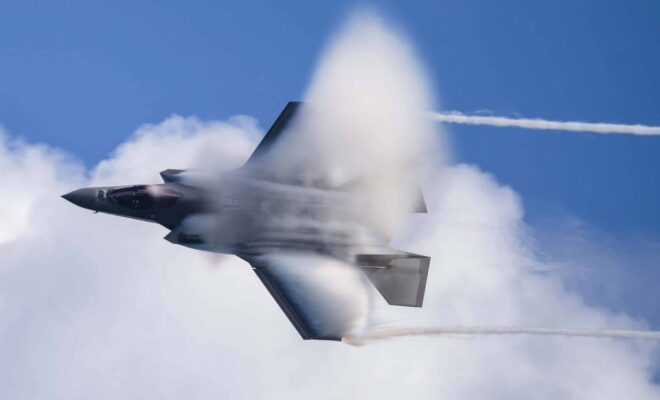










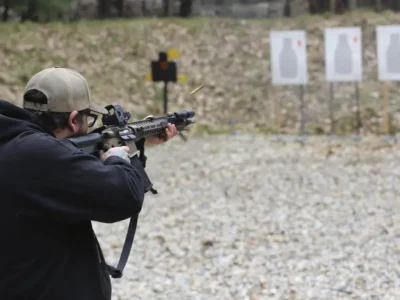




I’m always interested in a plain old ‘fun’ gun and this little Ruger sounds like just the ticket -if one can be found 😉 Anyone have any leads on availability